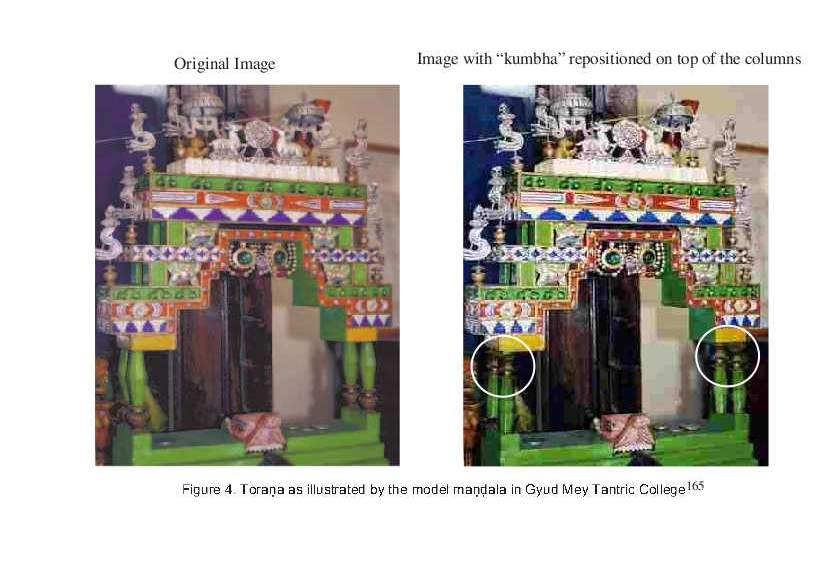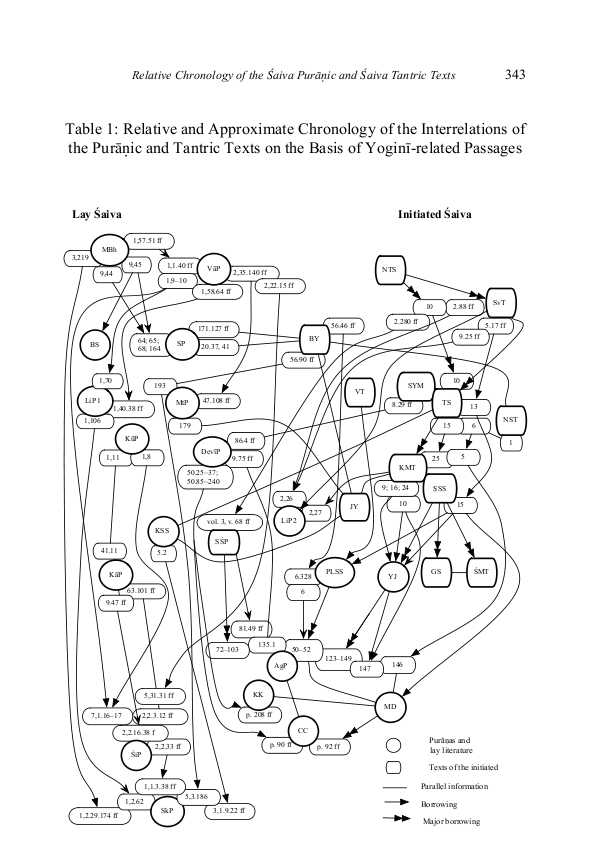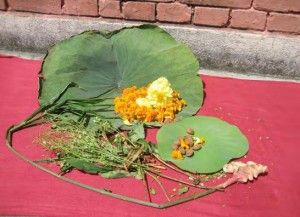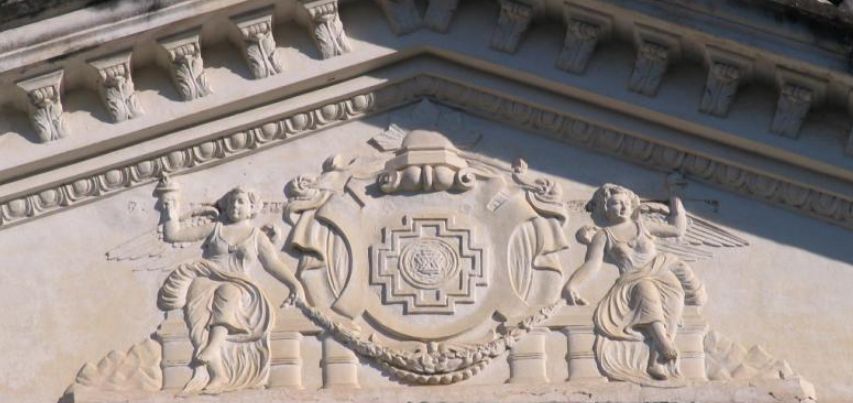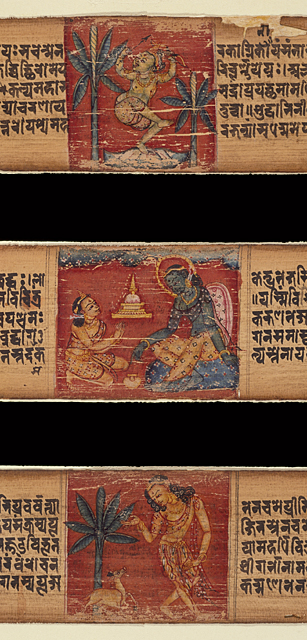Robert William Jones, II. ‘Of offal, corpses, and others: an examination of self, subjectivity, and authenticity in two works by Alexandra David-Neel’. Thesis (M.A.) Florida Atlantic University, 2010. [UMI / PDF]
From the Abstract
 This thesis examines two works (My Journey to Lhasa and Magic and Mystery in Tibet) by Alexandra David-Neel. […] Central to this study is an examination of a claim by His Holiness the XIV Dalai Lama that David-Neel creates an “authentic” picture of Tibet. In order to do this the first chapter establishes a working definition of authenticity based on both Western philosophy and Vajrayana Buddhism. This project argues that the advanced meditation techniques practiced by Alexandra David-Neel allow her to access a transcendent self that is able to overcome the self/other dichotomy. It also discusses the ways in which abjection and limit experiences enhance this breakdown. Finally, this thesis examines the roles that gender and a near absence of female Tibetan voice play in complicating the problems of self, subjectivity, and authenticity within these texts.
This thesis examines two works (My Journey to Lhasa and Magic and Mystery in Tibet) by Alexandra David-Neel. […] Central to this study is an examination of a claim by His Holiness the XIV Dalai Lama that David-Neel creates an “authentic” picture of Tibet. In order to do this the first chapter establishes a working definition of authenticity based on both Western philosophy and Vajrayana Buddhism. This project argues that the advanced meditation techniques practiced by Alexandra David-Neel allow her to access a transcendent self that is able to overcome the self/other dichotomy. It also discusses the ways in which abjection and limit experiences enhance this breakdown. Finally, this thesis examines the roles that gender and a near absence of female Tibetan voice play in complicating the problems of self, subjectivity, and authenticity within these texts.


